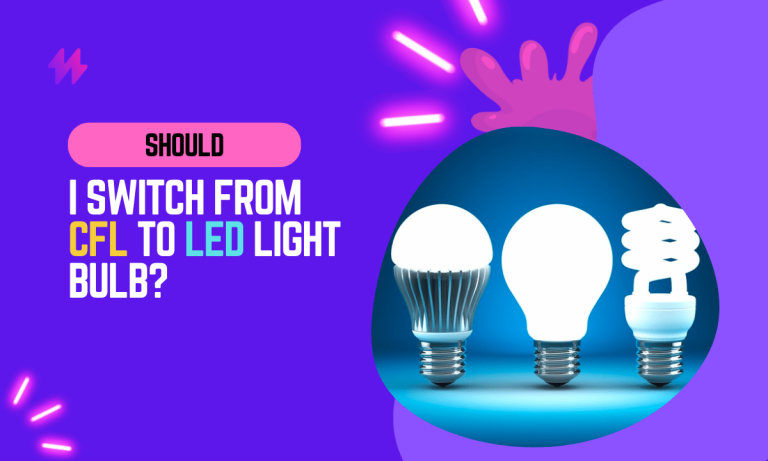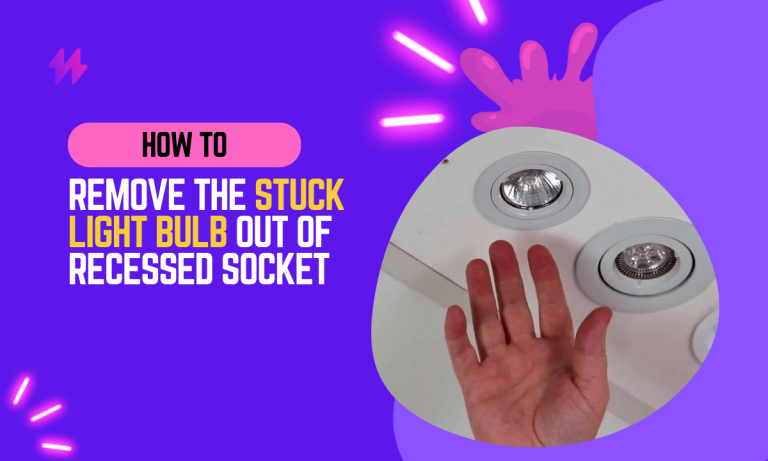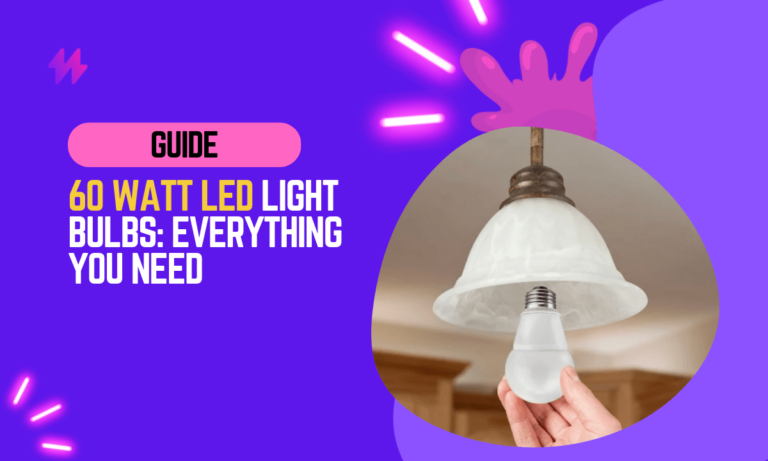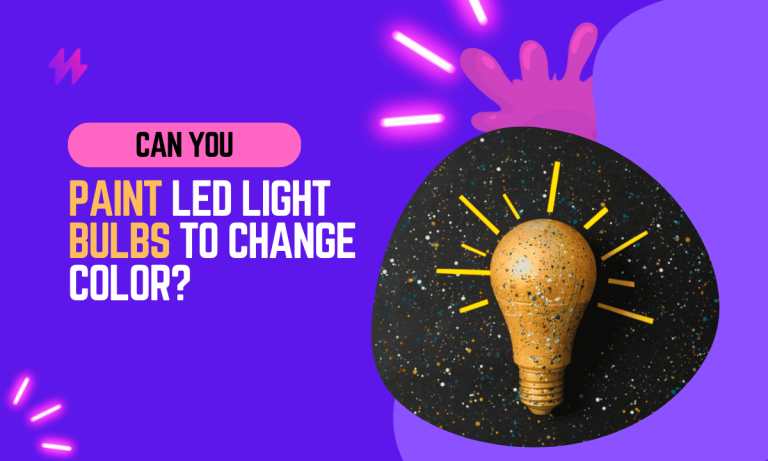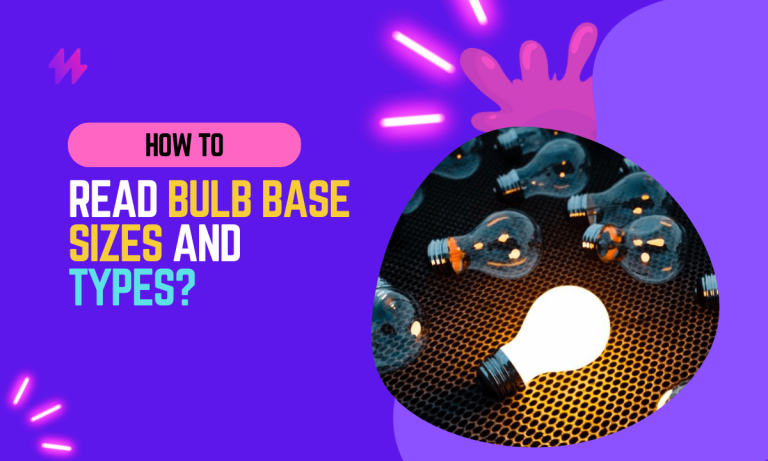Do LED Light Bulbs Get Hot?
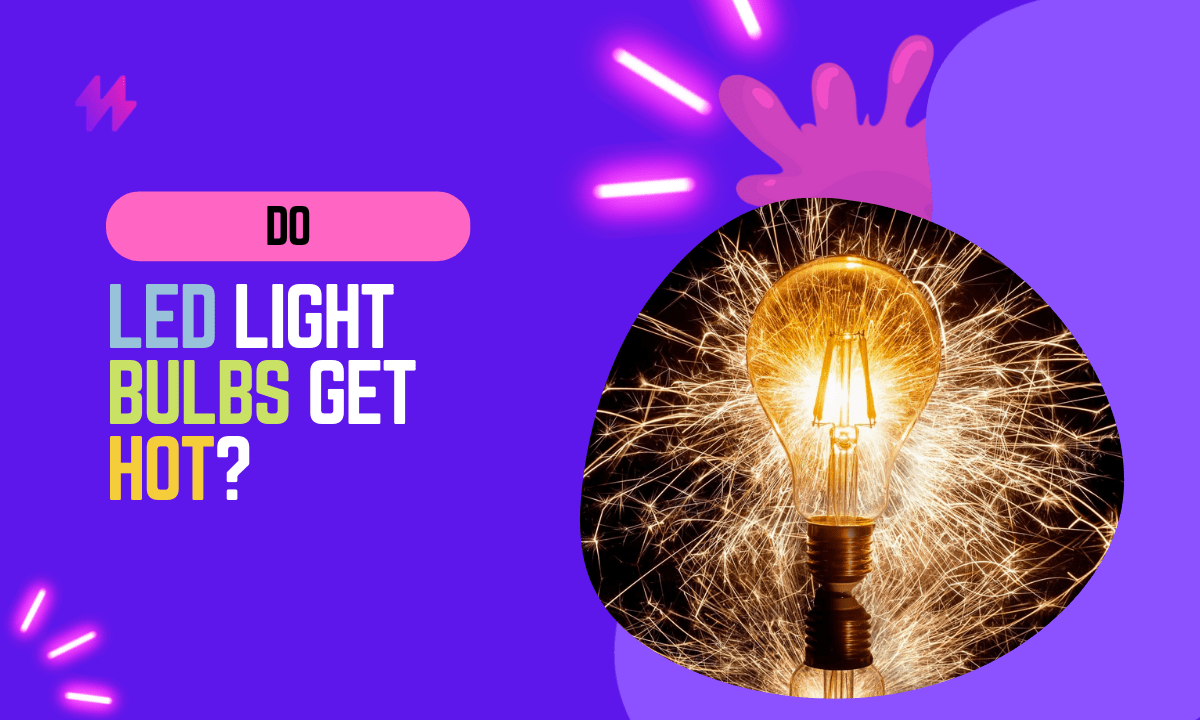
Have you ever wondered why your LED light bulbs don’t get as hot as your grandma’s old incandescent bulbs? It’s not just because LEDs are energy efficient, but it’s also because they’re heat-efficient. And let’s be real, no one wants to burn their fingers changing a light bulb or have their AC working overtime just because their light bulbs are acting like mini heaters.
So, let’s dive into the science behind it and why your LEDs are the most chill bulbs on the block. We’re talking about heat dissipation, comparison to traditional incandescent bulbs, and tips on how to keep your LEDs running cool. So, grab your favorite beverage, and let’s get to it, folks.
How LED light bulbs produce heat?
So, you may be wondering, “If LEDs don’t produce as much heat as incandescent bulbs, where does all the heat come from?” The answer is simple: electricity.
All electrical devices, including LED light bulbs, produce heat as a byproduct of their operation. In LED light bulbs, this heat is generated by the LED chip, which converts electrical energy into light energy. The heat is then dissipated through the heat sink, a device designed to transfer heat away from the LED chip and into the surrounding environment.
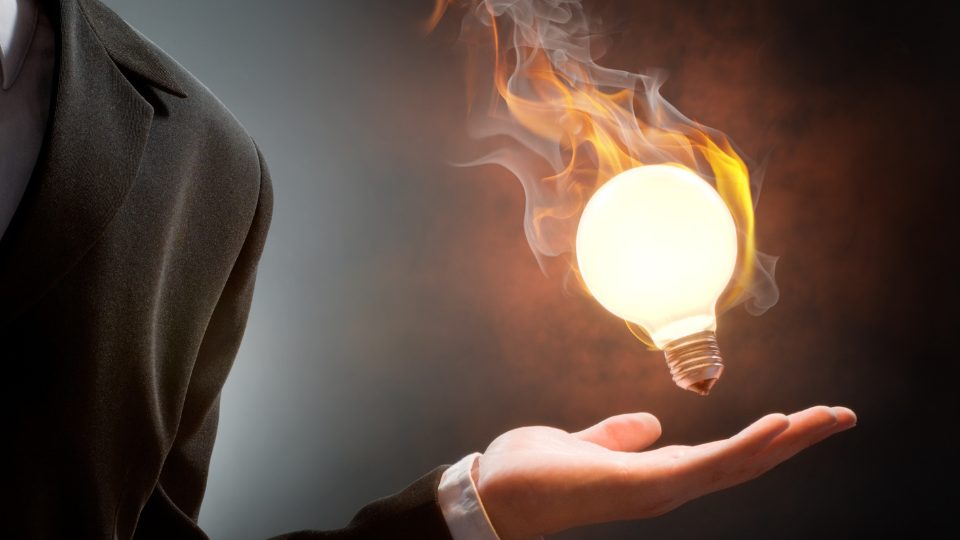
But it’s not just the LED chip that produces heat, the driver which is an electronic circuit that regulates the current flowing through the LED also will get hot and will be dissipated through the heat sink as well.
It’s important to note that while all LED light bulbs produce some heat, they are still much more heat-efficient than traditional incandescent bulbs. Incandescent bulbs produce light by heating a filament to a high temperature, which results in a lot more heat being generated and released into the surrounding environment.
In contrast, LED light bulbs produce light through a process called electroluminescence, which generates much less heat overall.
Also check: Can You Use LED Bulbs In The Fridge?
Comparison of LED Bulbs to Traditional Incandescent Bulbs
Heat production
As previously mentioned, incandescent bulbs produce a lot more heat than LED light bulbs. In fact, around 90% of the energy used by incandescent bulbs is converted into heat, while only a small fraction of the energy used by LED light bulbs is converted into heat. This means that incandescent bulbs can heat up a room quickly and require more cooling, while LED lights produce significantly less heat and have a much lower impact on the room temperature.
Efficiency
Incandescent bulbs are not very energy efficient, converting only about 5% of the energy they use into light. In contrast, LED light bulbs are highly efficient, converting around 80% of the energy they use into light. This means that LED light bulbs use significantly less energy to produce the same amount of light as incandescent bulbs, which can lead to significant savings on energy bills over time.
Lifespan
Incandescent bulbs have a relatively short lifespan, typically only lasting around 1,000 hours. In contrast, LED light bulbs can last for tens of thousands of hours, making them significantly more durable and long-lasting.
Color temperature
Traditional incandescent lamps give off a warm yellow light, and the color temperature is around 2700K. On the other hand, LED light bulbs are available in a wide range of color temperatures, from warm yellow to cool blue, enabling them to better match the specific lighting needs of different environments and applications.
Dimming capabilities
Many incandescent bulbs don’t work well with dimmer switches and you may experience issues with flickering or an inability to fully dim the light. LED lights are generally compatible with dimmer switches, but some may require specific dimmers to work properly.
Must read: Can you Paint LED Light Bulbs?
Impact of Heat on LED light bulbs
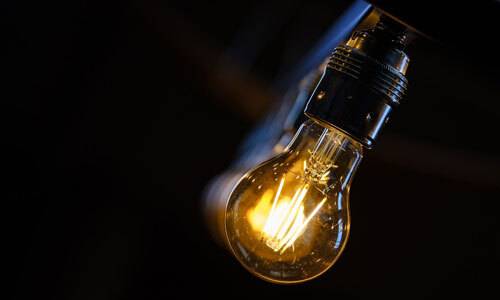
While LED light bulbs produce significantly less heat than traditional incandescent bulbs, it is still important to consider the impact of heat on the performance and longevity of these devices.
Reduced Efficiency: Increased heat can reduce the efficiency of the LED chip and driver, which can decrease the overall light output of the bulb.
Shortened lifespan: Prolonged exposure to high temperatures can also shorten the lifespan of the LED chip and other components of the bulb. This is because high temperatures can cause damage to the materials and structure of these devices, leading to a reduction in their performance and lifespan over time.
Light output degradation: High temperatures can cause the light output of the LED chip to degrade over time, leading to a loss of brightness and color quality.
To mitigate these effects, manufacturers have developed several heat dissipation methods to keep the temperature of the LED chip and driver low. This includes using larger heat sinks or additional cooling elements such as fans or liquid cooling systems. Moreover, as a consumer, you can also help by keeping the bulbs in well-ventilated areas or using a ceiling fan to circulate the air around the light fixtures to reduce the internal temperature.
Note: Always check the maximum operating temperature before purchasing a bulb, and make sure the environment in that you want to use the LED bulb in is within that range.
Conclusion
In conclusion, while LED light bulbs are acclaimed for their energy efficiency and long lifespan, they do generate heat, but significantly less than traditional incandescent or halogen bulbs. The heat produced by LEDs is primarily due to electrical inefficiencies and is emitted at the base of the bulb rather than the light-emitting part itself. This characteristic means that while the LED bulb’s surface may feel warm to the touch, it is much cooler compared to other types of bulbs when in operation. This lower heat output not only enhances the safety of LED bulbs by reducing the risk of burns or fire but also contributes to their extended operational life, as excessive heat can degrade light quality and speed up the failure of lighting components.
Moreover, managing the heat that LED bulbs do generate is crucial for maintaining their efficiency and longevity. Manufacturers often integrate heat sinks into the design of LED bulbs, which help dissipate the heat away from the critical components of the bulb. Proper installation and ensuring adequate ventilation around LED fixtures will also aid in heat management, preventing any potential overheating. By understanding the heat dynamics of LED bulbs, consumers can better appreciate the benefits these lights offer and make informed decisions about their use in both residential and commercial settings. The cooler operation of LEDs not only makes them safer but also more cost-effective in the long run, as they contribute to lower energy consumption and reduced maintenance costs compared to their incandescent counterparts.

